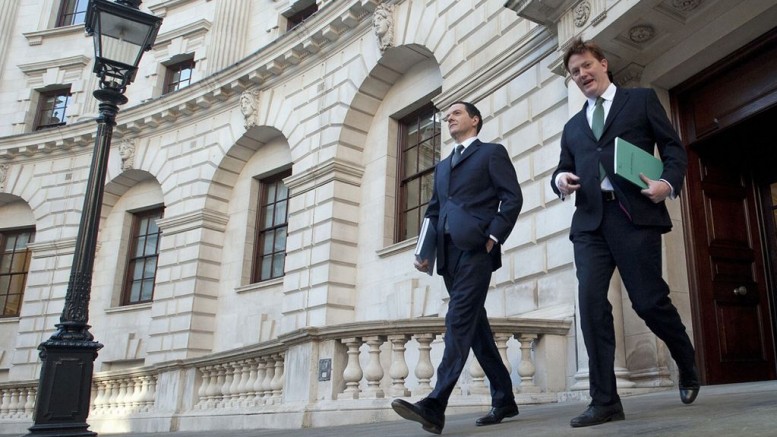The Chancellors’ Autumn Statement on 25th November outlined the Government’s spending plans for the next 4 years.
George Osborne has stated that ‘solving the housing crisis was a top priority’, but he sees this purely in terms of increasing home ownership, directing help to first-time buyers and home owners. This seems to ignore the fact that for over 20 years, the private sector has created more tenancies than the social sector and has grown, due to former Governments suggesting that property was a safer investment for old age than a pension fund. Right to Buy has decimated the social sector, leaving less and less properties available to the homeless, the vulnerable, the over-crowded, who have had to depend on the private landlord to help them.
Was there anything in the statement for the private landlord who provides decent homes and risking his own, rather than public, money? Well, they have not been ignored, but there is no cause for celebration.
Landlords still reeling from the changes in Mortgage Interest Relief (MIR) announced in the Summer Budget have been hit with another blow with the changes in stamp duty that have been announced. Purchasers of properties for buy to let, or second homes, will have to pay 3% more stamp duty to those purchasing a home for themselves to live in. It is estimated that this will raise £1bn by 2021.
The stamp duty surcharge of 3% will add a considerable sum to the costs of buying properties for those affected by the change. The average cost of a buy to let property is £184,000; the increased stamp duty will add £5,520 tax to this figure.
Although most landlords are in it for the long-haul, this additional sum could persuade some landlords not to invest or increase their investment. This applies with even more force when consideration is given to those areas where £184,000 is a drop in the ocean with average prices double, treble or more and totally out of reach of many working people.
It seems private sector landlords are always under attack with their potential for profit being continually hit. Whilst many appreciate the importance of the private sector’s role, the cost to the public purse of £9bn to cover the housing benefit bill, could be one element that is fuelling Mr. Osborne’s desire to increase home-ownership.
This alienation of the private sector landlord seems short-sighted in the extreme. The Chancellor has pledged to facilitate the building of 400,000 homes for sale, with help available to first-time buyers under 40. This would seem a laudable ambition, but this will not be achieved overnight. Prices will rise, as will the number of those wanting to buy. Will 400,000 be enough? Will the measures put in place to help those wanting to buy be enough to address the problems that so many working people are experiencing in getting a foot on the property ladder? Clearly Government think it will be, but only time will tell. What we can say with confidence is that the private sector will be necessary for some years to come.
The stamp duty changes will affect landlords, but they are not the only victims of the situation. Prospective tenants will be expected to pay increased rents to cover the landlord’s increased expenses and may find their options for accommodation are reduced as landlords choose not to invest in further properties. The only winners will be the house-builders and those fortunate enough to find they are given a leg-up to property ownership. The losers, as always, will be the landlords and the tenants.








Be the first to comment on "The Chancellors’ Autumn Statement"